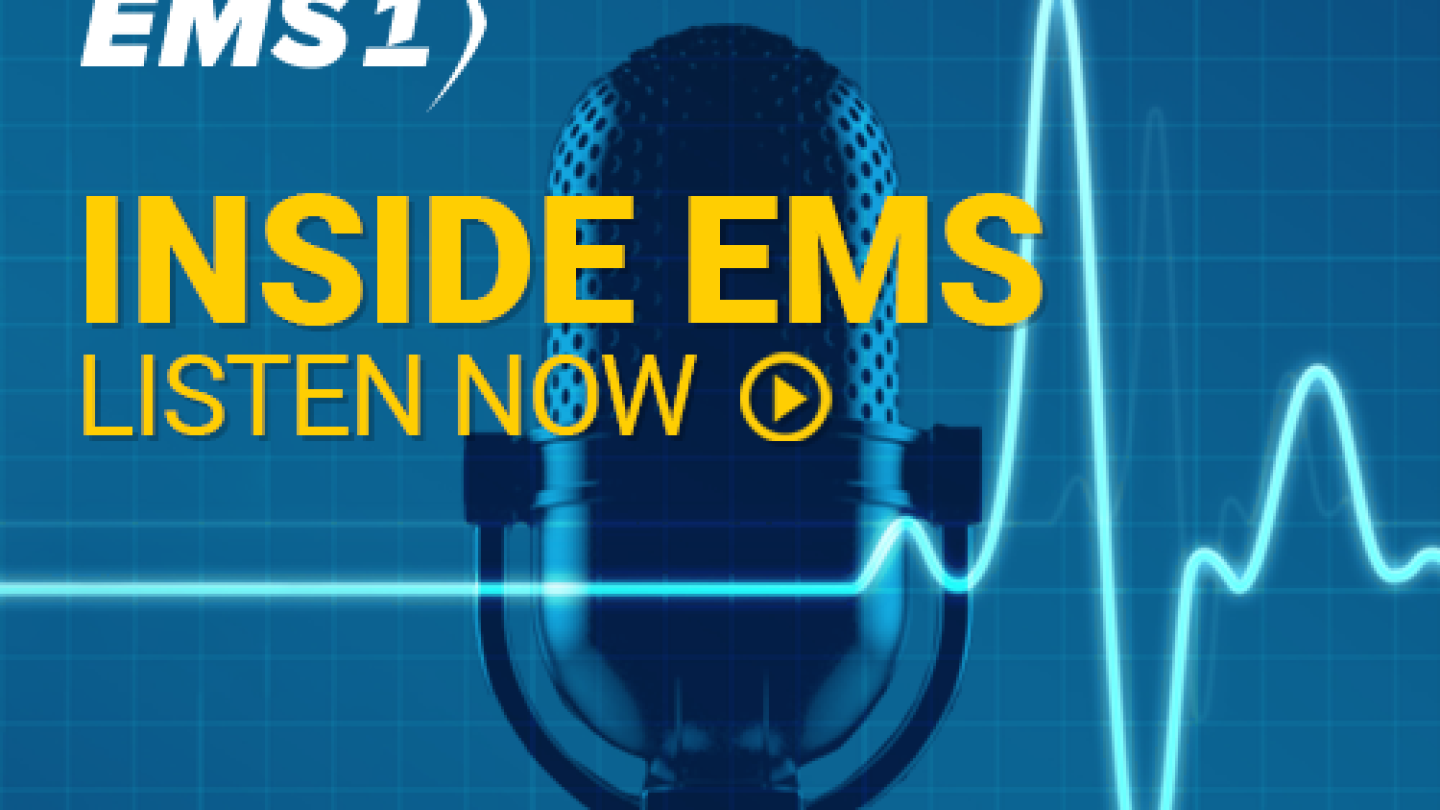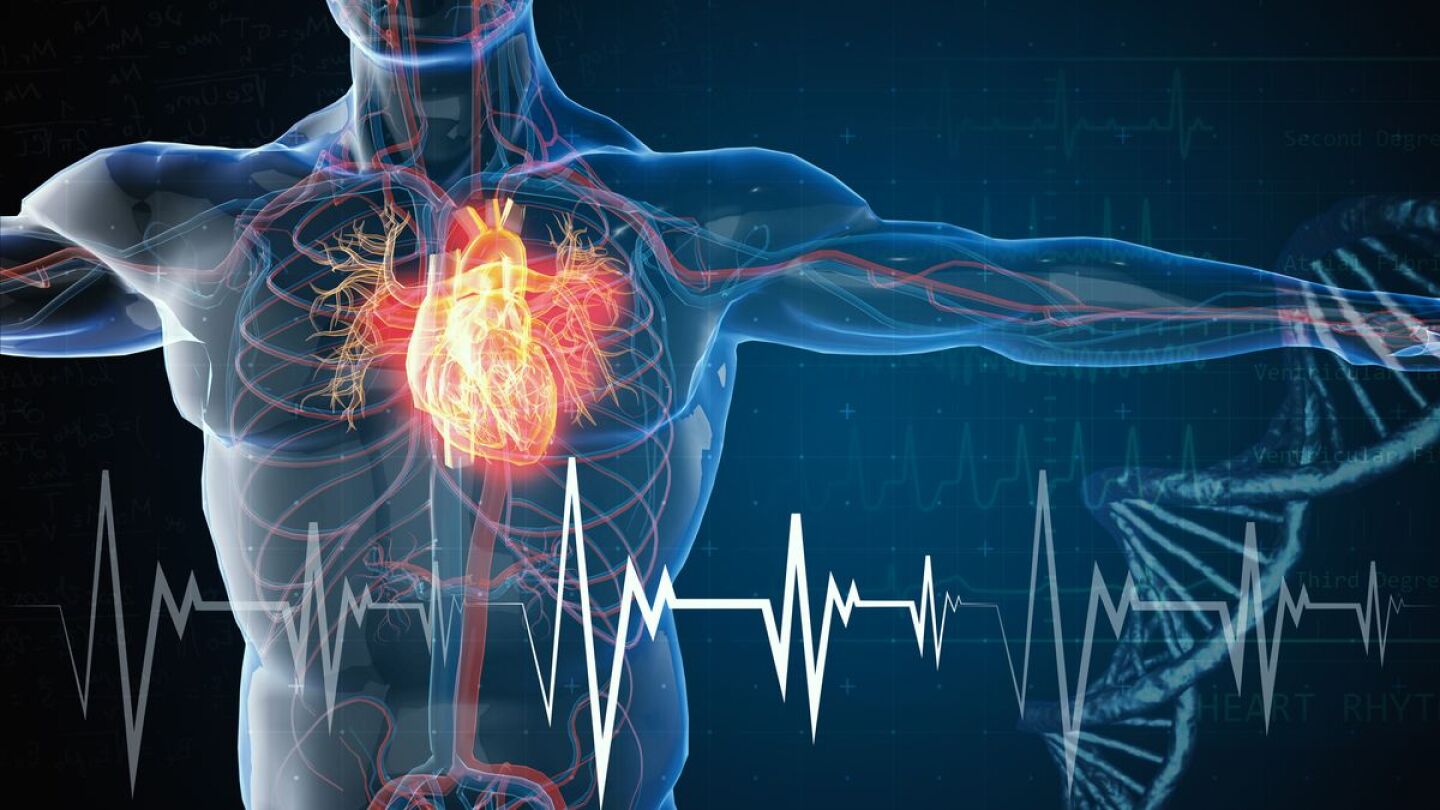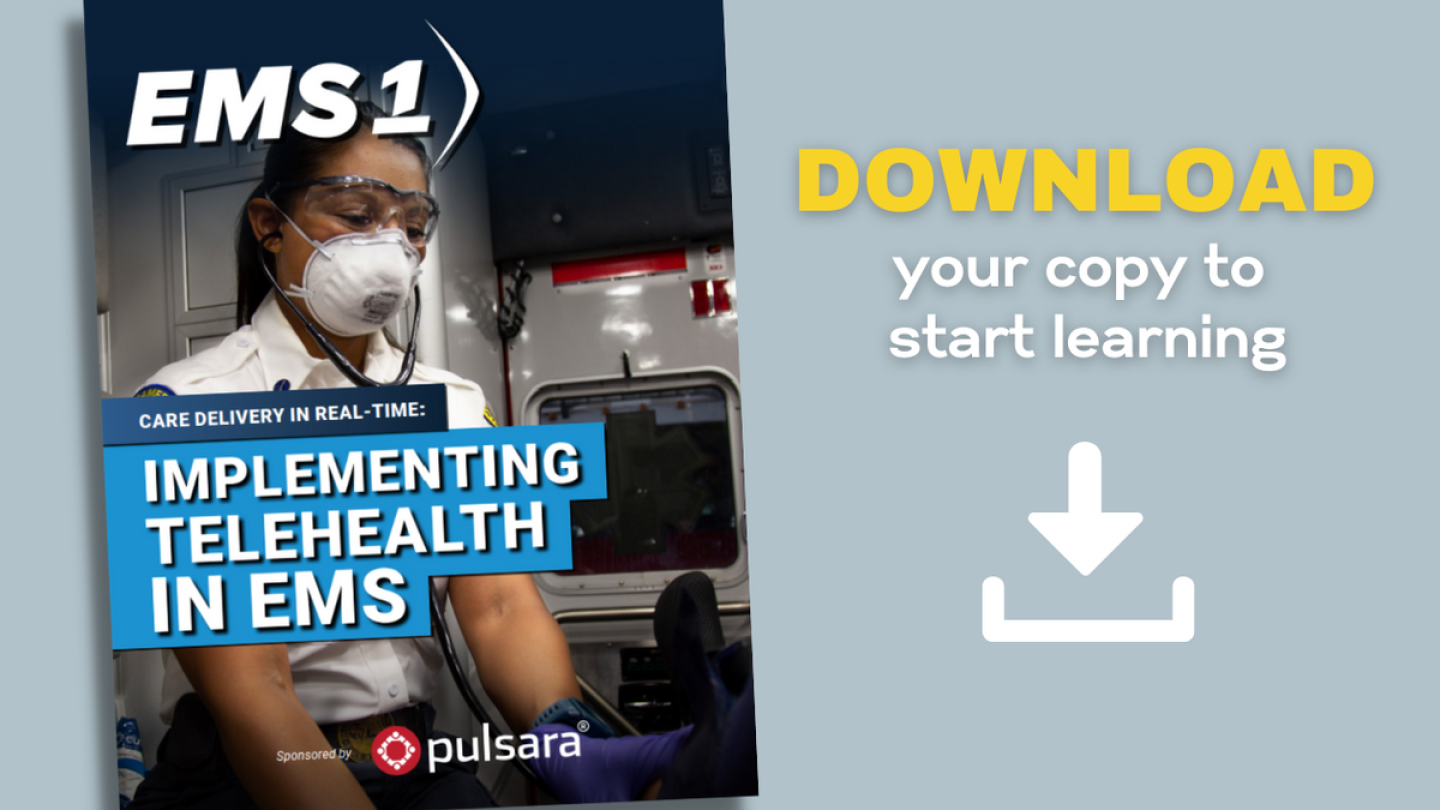Patient Assessment
Patient assessment is the process an EMT or paramedic follows to evaluate an injured or ill patient. The process includes a scene size-up, which is the identification and mitigation of risks, a primary assessment to find and fix life threats and a secondary assessment to perform a focused history and physical exam of the patient. Each step is an opportunity to collect information that will guide treatment and inform a transport decision. In the EMS1 Patient Assessment topic find the latest news about patient assessment and top resources to improve your patient assessment skills.
We train extensively on blunt trauma and GSWs, but stab wounds also present a real danger for patients
For new EMTs and paramedics there is nothing more important than improving your patient assessment skills; learn and follow these field proven tips
The criminalization of medical errors has added a new layer to reducing harm
Noisy working environments and evolving roles for prehospital providers call for enhanced sound quality and data-capturing capabilities for auscultation
Learn how to approach the patient with acute, bilateral lower extremity paraplegia
The most important initial care step is to stop the burning process, but it’s also critical to know how to identify the type of burn and estimate the total area affected to help select the most appropriate destination for the patient
Tanir Ami, CEO of California’s CARESTAR Foundation on diversifying the prehospital care workforce and improving health outcomes
An overview of pain and sedation for the prehospital provider
Without real-time feedback to confirm ventilation rate and volume, a piece of the map is missing
Changing the way we think about and train providers on oxygen administration
No patient should be worried about discrimination in the back of an ambulance
An unconscious man at a stoplight suddenly awoke when first responders were checking on him inside his car for a medical emergency, and reached for the weapon
The licenses of Brandon Colombo and Michael Monteiro were suspended after a woman died following their denial for transport on March 4
Organizers say the tests will both keep attendees safe and help health officials understand how many asymptomatic people may be attending large events
In this eBook, learn about optimal patient positioning, securing an airway with facial trauma involvement and the benefits of the bougie in airway management
Keeping them going round and round during fuel supply disruptions
Learn more about psychogenic seizures and how to be a more empathetic provider
As device manufacturers continue to explore the potential of wearable tech, we’re discovering new applications and opportunities for health monitoring
The Town of Tonawanda paramedics rescued four family members, including two sleeping children, from potentially deadly CO levels
On this episode of Inside EMS, our co-hosts discuss the importance of treating the whole patient in context, instead of relying on medical monitoring to determine best practices
Rob Lawrence and guest Dr. Fivaz discuss heroes in headsets and prehospital emergency triage
In this episode, our co-hosts discuss Kelly Grayson’s recent airway management webinar (now available on-demand) and debate the best intubation tools
Test your knowledge on interpreting ECG waves, intervals and segments
A patient presented with a unique set of symptoms not previously encountered by EMS providers with over 30-plus years of collective experience
Drs. Dickson and Patrick review the pediatric general assessment triangle
“Where does it hurt?” Test your knowledge of how to assess, localize and document pain
What the research tells us about incorporating CPSS into destination decisions when evaluating large vessel occlusion stroke
Airway management guru Kelly Grayson on when and how to escalate to a more invasive and secure airway, and when to elevate care
On this episode of Inside EMS, our co-hosts debate the value of point-of-care ultrasound and how much it should be utilized by providers
Connecting patients to advanced levels of care to provide the right level of intervention at the right time, in the right place
Have you recently reviewed lifting techniques, stretcher operations and teamwork to avoid a patient drop?
Test your airway management knowledge with these 10 questions
Mount Sinai researchers found that changes in heart rate variability measured by an Apple Watch could signal the onset of COVID-19
































